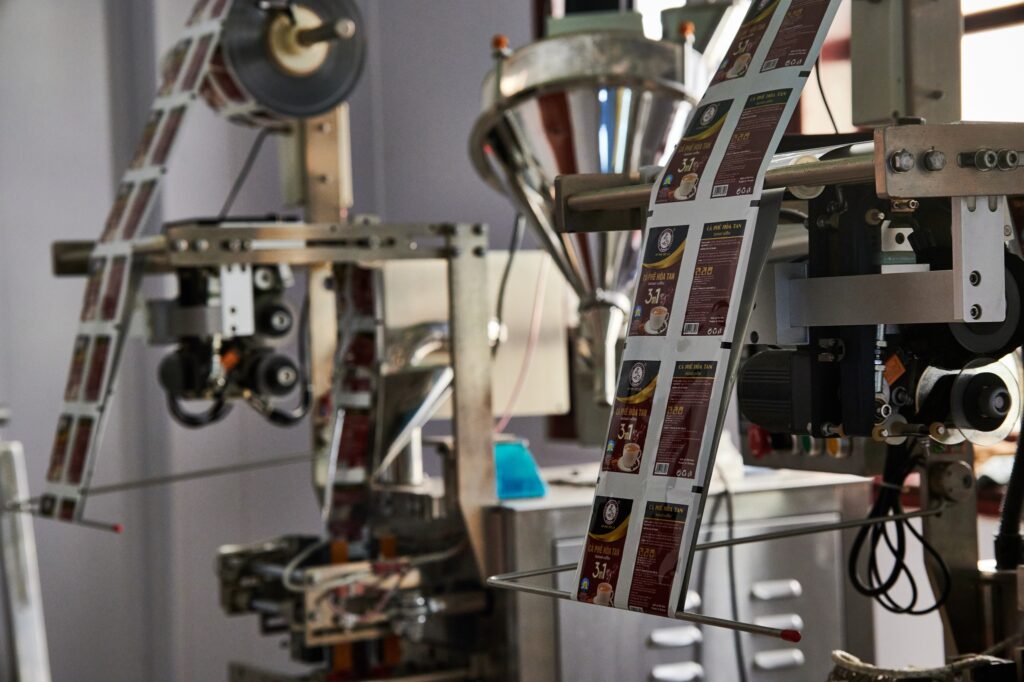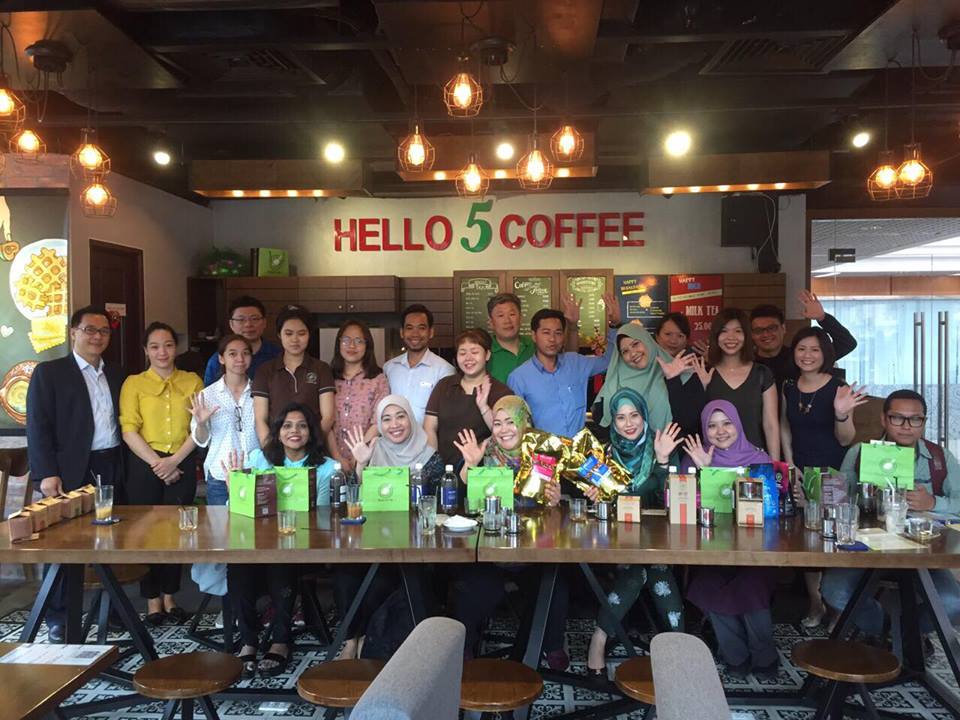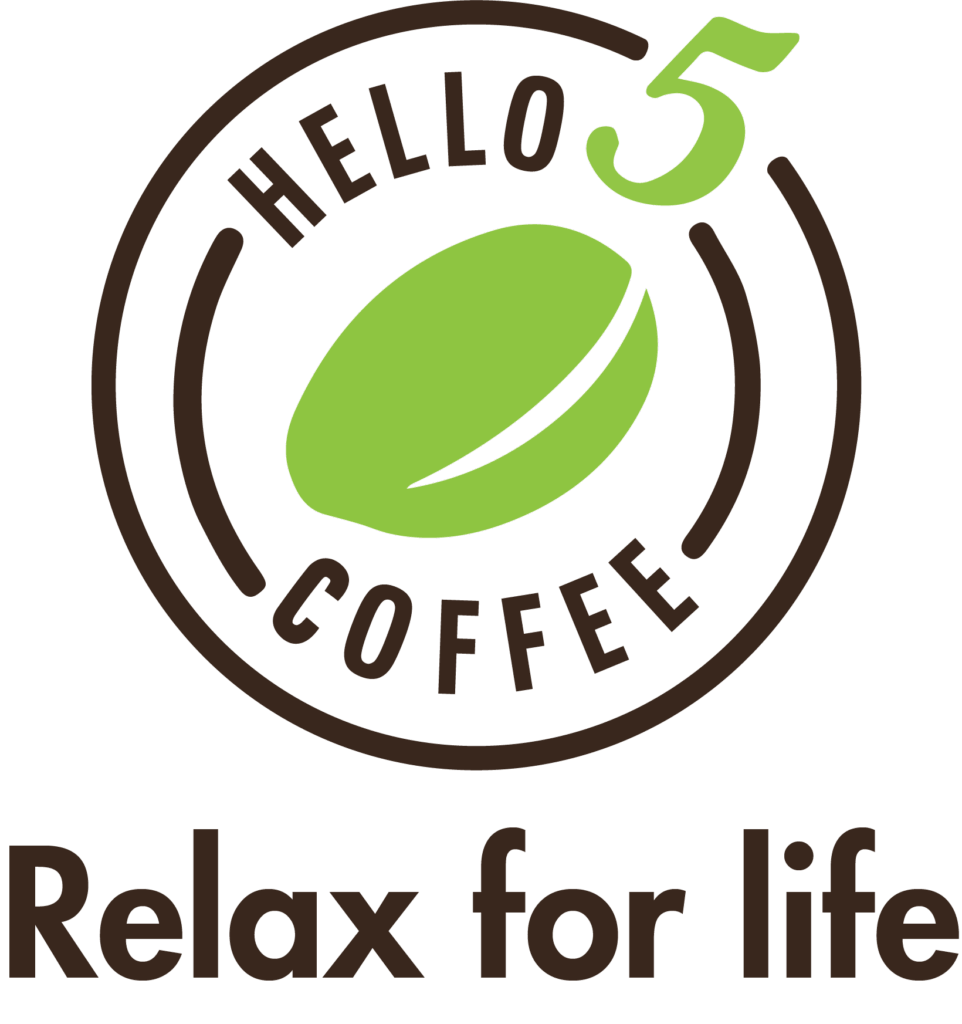When it comes to exporting coffee, packaging is not just about looks. It directly impacts shelf life, flavor retention, shipping safety, and even compliance with international regulations. For global buyers who are sourcing coffee from Vietnam, understanding packaging standards is essential to ensure product quality and consumer satisfaction. In this article, we will dive into the technical details of coffee packaging for export, practical examples from real markets, and checklists that will help you make informed decisions when working with suppliers.
Why coffee packaging matters in export
Coffee is highly sensitive to oxygen, moisture, light, and temperature. Poor packaging can quickly lead to oxidation, stale flavors, or even mold growth. For exporters, packaging is the first line of defense to maintain quality from Vietnam to markets like the US, EU, Japan, or the Middle East.

Good packaging ensures:
- Flavor preservation: prevents oxidation and keeps aroma intact.
- Extended shelf life: crucial for sea freight shipments that may take 30–45 days.
- Compliance: meeting strict standards such as FDA (US), EFSA (EU), or JAS (Japan).
- Market appeal: eco-friendly and premium-looking packaging can increase sales.
Coffee packaging types for export
1. Green coffee beans
- Usually packed in jute bags with GrainPro liners (60kg standard).
- Moisture content must be under 12% before export.
- Container loading: 1 x 20ft ≈ 18–20 tons, 1 x 40ft ≈ 28–30 tons.
- For specialty buyers: vacuum-packed in 20–30kg bags for better preservation.
Checklist for green beans export
✔ Jute bags lined with GrainPro or PE
✔ Moisture below 12%
✔ Container liner or desiccant sheets to avoid humidity
✔ Fumigation certificate if required by destination country
2. Roasted coffee beans
- Typically vacuum-packed or nitrogen-flushed in 250g, 500g, or 1kg foil bags.
- Shelf life: 6–12 months depending on packaging.
- Specialty roasters prefer one-way degassing valves to release CO₂ while blocking oxygen.
Example: A Japanese importer required nitrogen-flushed 500g packs with oxygen levels below 1% inside. Testing was done with an OTR (oxygen transmission rate) machine before shipment.
Checklist for roasted beans export
✔ Foil or PET/PE laminated bags with degassing valve
✔ Nitrogen flushing for premium markets
✔ Oxygen < 1% inside sealed packs
✔ Label with roast date, shelf life, nutrition info
3. Drip bag coffee
- Each serving is packed in a filter paper bag with hangers, then sealed in foil sachets.
- Needs nitrogen flush for freshness and shelf life of 12 months.
- Each bag yields 30–50ml coffee depending on grind size and roast.
- Packaging must be food-grade, without fluorescent whitening agents in the paper.
Example: For the EU market, drip bags had to comply with food contact material regulations, and packaging design included multi-language labeling plus barcode.
Checklist for drip bag coffee export
✔ Filter paper and hanger certified food-grade
✔ Foil sachet + nitrogen flush
✔ Outer box with clear brewing instructions
✔ Shelf life ≥ 12 months for export logistics
4. Instant coffee (spray-dried, freeze-dried, or 3-in-1 mix)
- Usually exported in sachets (15–25g) or bulk 25kg aluminum bags inside cartons.
- Freeze-dried instant coffee is premium, shelf life 18–24 months.
- Must meet microbiological and pesticide residue limits set by FDA/EU.
Example: A Middle Eastern distributor requested Halal certification on packaging, while a Korean partner required nutrition labels with detailed sugar and calorie breakdown.
Checklist for instant coffee export
✔ Aluminum foil bags or sachets with moisture barrier
✔ Shelf life ≥ 18 months
✔ HACCP and Halal certification for certain markets
✔ Nutrition labels in local language
Eco-friendly packaging trend
Global buyers increasingly ask for sustainable solutions. Some options include:
- Kraft paper bags with PLA lining (biodegradable).
- FSC-certified cartons for retail boxes.
- Compostable drip bag filters made from corn fiber.
Case: A European partner required FSC paper for outer boxes and PLA lining for inner bags to meet their eco-brand positioning. Though cost was 15–20% higher, it helped win eco-conscious consumers.
Logistics and shipping considerations
- Sea freight transit time: 30–45 days to EU/US. Packaging must withstand humidity.
- Air freight is faster but costs 3–4 times more. Usually used for samples or urgent orders.
- Container liners, desiccant packs, and vacuum sealing reduce mold and condensation risks.
Read more: How to import coffee from Vietnam?
Why choose Hello 5 Coffee as your coffee partner?
If you are looking for a reliable supplier of Vietnamese coffee with strong export experience, Hello 5 Coffee is here to help. We specialize in a wide range of products including roasted coffee, green beans, drip bag coffee, and instant coffee, all produced under strict quality control and international standards.

What makes us different is our ability to provide OEM, ODM, and private label solutions tailored to your brand. Whether you need coffee in bulk for wholesale distribution, or fully customized packaging for your retail line, our team can support you from product development to export logistics.
Our coffees are sourced directly from Vietnam’s highland regions such as Buon Ma Thuot and Lam Dong, ensuring authentic flavor profiles and consistent quality. We also understand the demands of different markets: nitrogen-flushed drip bags for Japan, eco-friendly kraft packaging for Europe, Halal-certified instant coffee for the Middle East, and FDA-compliant roasted beans for the US.
By working with Hello 5 Coffee, you gain not only a supplier but also a partner who understands the global coffee trade and helps you build a product line that truly stands out in your market.
Ready to start your coffee project? Contact Hello 5 Coffee today and let’s create your unique coffee brand together.
So, this article has explained why coffee packaging plays a crucial role in exports, what types of packaging are commonly used for green beans, roasted coffee, drip bags, and instant coffee, and what practical checklists buyers should keep in mind. Hopefully, these insights give you a clear idea of how to select the right packaging for your market needs while ensuring compliance and quality. Wishing you success in building strong coffee partnerships and delivering excellent products to your customers worldwide.
